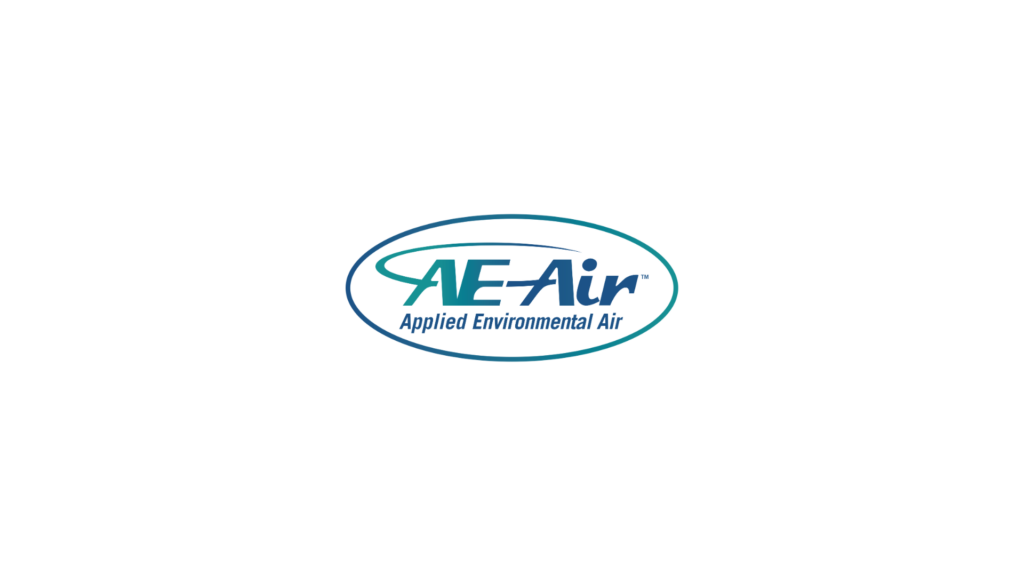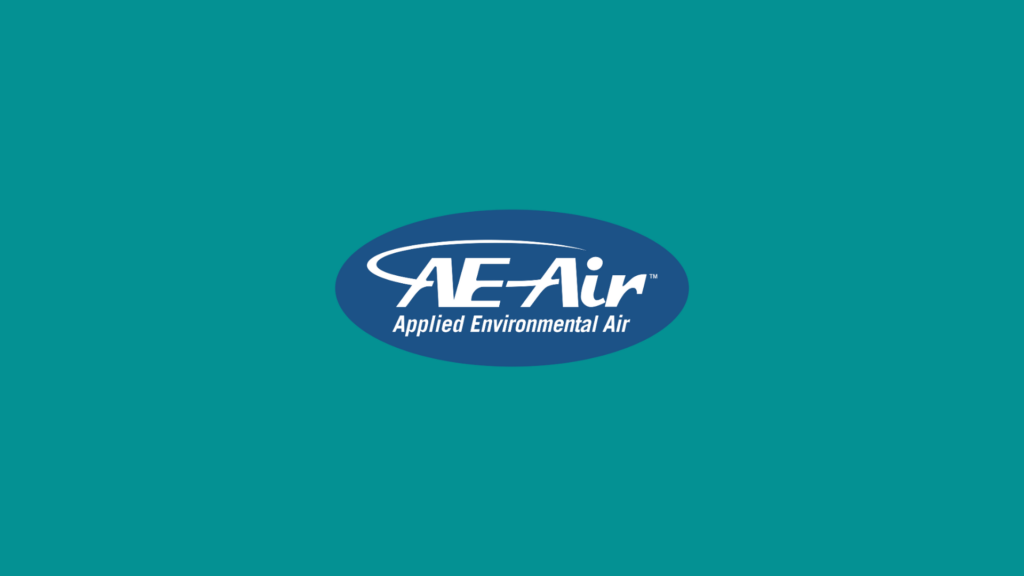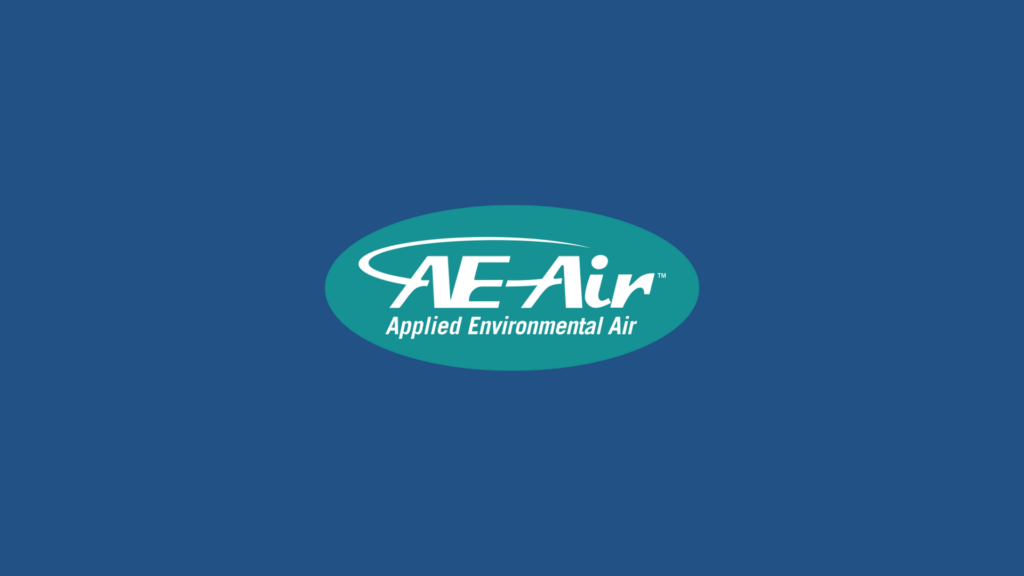Introduction
Vertical water source heat pumps are revolutionizing the way commercial properties meet their heating and cooling needs. These systems are designed to utilize the earth’s stable temperatures, offering a reliable and efficient method of climate control that aligns with modern energy and sustainability goals. As businesses look for ways to optimize their operations and reduce costs, these heat pumps present a smart solution.
For developers and engineers, the appeal lies in their efficiency and adaptability. Vertical water source heat pumps use a series of underground pipes to transfer heat between the building and the earth. This design supports significant energy savings by harnessing natural, renewable heat. With rising energy costs, the financial benefits become evident over time, offering a substantial return on investment for property owners.
In addition to cost efficiency, these systems contribute to a building’s environmental efforts. By reducing reliance on traditional HVAC systems, they’re instrumental in achieving green building certifications such as LEED. Implementing these heat pumps is an essential step in modernizing commercial properties to meet future energy demands while supporting sustainability initiatives.
Understanding Vertical Water Source Heat Pumps
Vertical water source heat pumps are innovative solutions in the HVAC industry, tailored to efficiently meet the heating and cooling demands of commercial properties. These systems function by utilizing a series of vertical boreholes drilled into the ground, through which water is circulated. As the water moves through these underground loops, it captures the earth’s stable thermal energy during winter to provide heating and dissipates heat into the ground during summer for cooling. This closed-loop system is instrumental in maintaining a comfortable indoor climate year-round.
The design and construction of vertical water source heat pumps are particularly advantageous for commercial use. One primary design feature is their ability to use limited space efficiently. Unlike traditional horizontal systems that require large surface areas, vertical setups need only a small land footprint, making them ideal for urban environments where space is at a premium. The installation process, while more intensive, results in a compact system that seamlessly integrates into the property.
Commercial applications also benefit from the robust components used in these systems. High-quality, durable materials ensure longevity and reliability, which are critical in high-demand settings. Additionally, advanced control systems allow for precise temperature management, accommodating the varied heating and cooling needs of commercial properties without compromising efficiency.
Energy Efficiency and Cost Savings
Vertical water source heat pumps excel in energy efficiency, marking one of their most significant advantages. These systems reduce energy consumption by extracting and using the earth’s stable temperatures rather than expending energy to generate heat and cold internally. This process significantly lowers utility bills, offering commercial property owners substantial savings over time.
There are several key factors contributing to their energy efficiency:
- Ground Temperature Stability: The consistent temperatures of the ground provide a reliable heat source during winter and a sink during summer.
- Efficient Heat Exchange: The closed-loop system maximizes heat transfer effectiveness, minimizing energy waste.
- Minimal Operational Energy: Compared to traditional HVAC systems, less electricity is needed to achieve desired temperatures.
These energy-saving characteristics translate directly into cost efficiency for property owners. By cutting down on energy use, businesses see a reduction in operational expenses, allowing them to allocate resources elsewhere. Over the lifespan of the system, the savings accrued from reduced energy bills can exceed the initial installation costs, making vertical water source heat pumps a cost-effective investment.
Moreover, many regions offer incentives and rebates to businesses adopting energy-efficient technologies, which can further offset costs and enhance the financial appeal of these systems. Embracing vertical water source heat pumps supports both financial goals and sustainability efforts, aligning with the growing demand for energy-conscious business practices.
Environmental Benefits
Vertical water source heat pumps provide significant environmental advantages, making them a preferable choice for eco-conscious commercial properties. By using the earth’s stable temperatures for heating and cooling, these systems considerably reduce reliance on fossil fuels. This shift results in a lower carbon footprint, helping businesses meet sustainability goals and contribute positively to environmental preservation.
Here are some environmental benefits of using vertical water source heat pumps:
- Reduced Carbon Emissions: Using renewable energy dramatically decreases greenhouse gas emissions compared to conventional HVAC systems.
- Sustainable Resource Use: The system relies on geothermal energy, a sustainable resource, minimizing depletion of natural resources.
- Quiet Operation: The design ensures a quieter working environment, reducing noise pollution.
Moreover, these systems play a critical role in green building certifications like LEED (Leadership in Energy and Environmental Design). Their integration can earn points towards these certifications, showcasing a building’s commitment to sustainability. This not only improves the building’s value and appeal but also aligns with increasing market demand for green spaces.
Installation and Maintenance Considerations
Installing vertical water source heat pumps in commercial settings requires careful planning to overcome specific challenges. Due to the necessity of drilling vertical boreholes, site evaluation is crucial to determine the ground conditions and structural layout. It’s important to assess whether the building site can facilitate the installation process efficiently.
Here is a checklist to guide the installation and maintenance process:
- Site Assessment: Evaluate the ground and buildings to ensure compatibility and viability for vertical installations.
- Design Specifications: Develop a detailed plan that includes system layout and integration with existing infrastructure.
- Professional Installation: Employ expert technicians to ensure precise installation and minimize potential risks.
- Regular Inspections: Schedule periodic inspections to monitor system performance and address issues promptly.
- Routine Maintenance: Establish a maintenance schedule to maintain efficiency and prevent wear and tear.
- Performance Monitoring: Utilize monitoring technology to track system performance and optimize operations.
With proper installation and routine maintenance, vertical water source heat pumps promise durability and efficiency. Implementing these steps ensures the system operates at its best, providing consistent savings and long-term benefits.
Conclusion
Vertical water source heat pumps offer a comprehensive solution for commercial properties seeking energy efficiency, cost savings, and environmental responsibility. These systems capitalize on the stable conditions beneath the earth’s surface, providing reliable heating and cooling while minimizing environmental impact. As businesses aim to reduce operational costs and embrace sustainable practices, these heat pumps emerge as a pivotal technology.
Embracing vertical water source heat pumps with AE Air equips your property with not just advanced HVAC technology but also enhanced sustainability credentials. By partnering with us, you gain access to innovative solutions that align with your goals for efficiency and environmental stewardship. Contact us today to explore how you can integrate these systems into your project for superior performance and sustainability.


